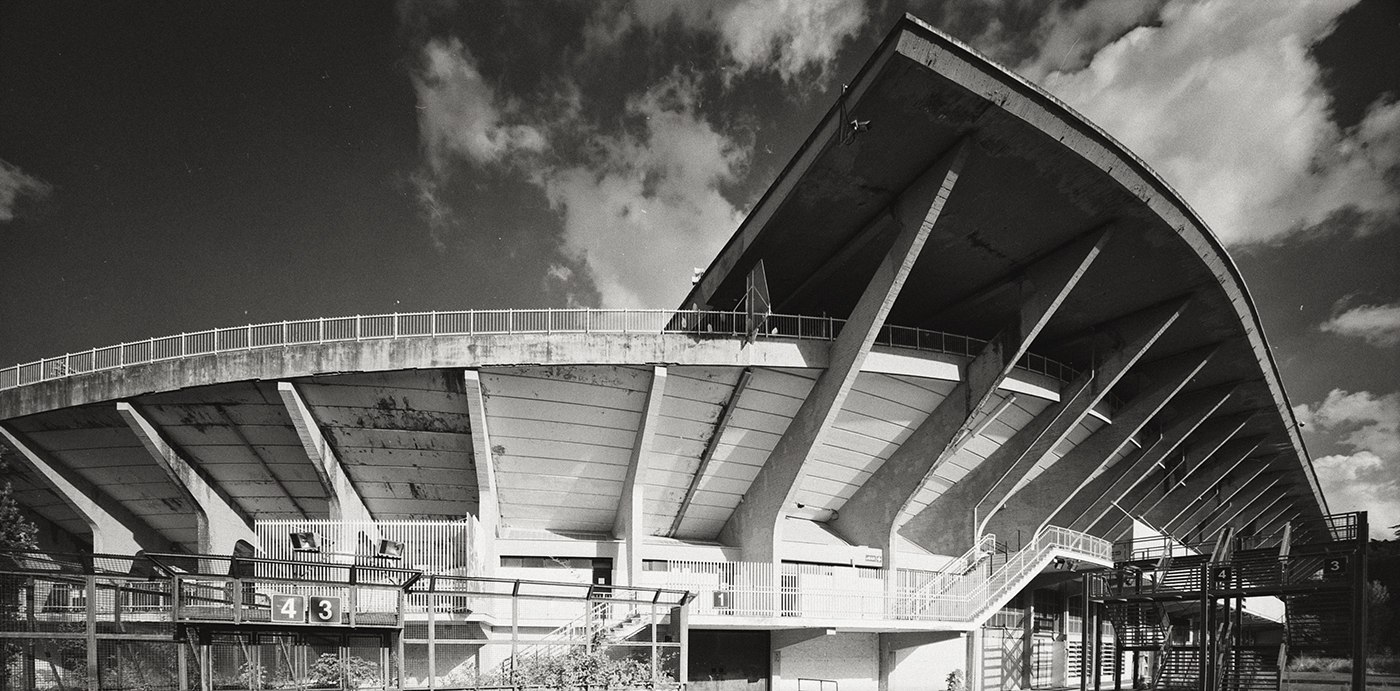[1] The firm of Nervi and Nebbiosi which would be succeeded in 1932 by the firm of Nervi and Bartoli.
[2] The “Istituto Sperimentale Modelli e Strutture” was established in Bergamo after the Second World War and Nervi himself became its president from 1969.

